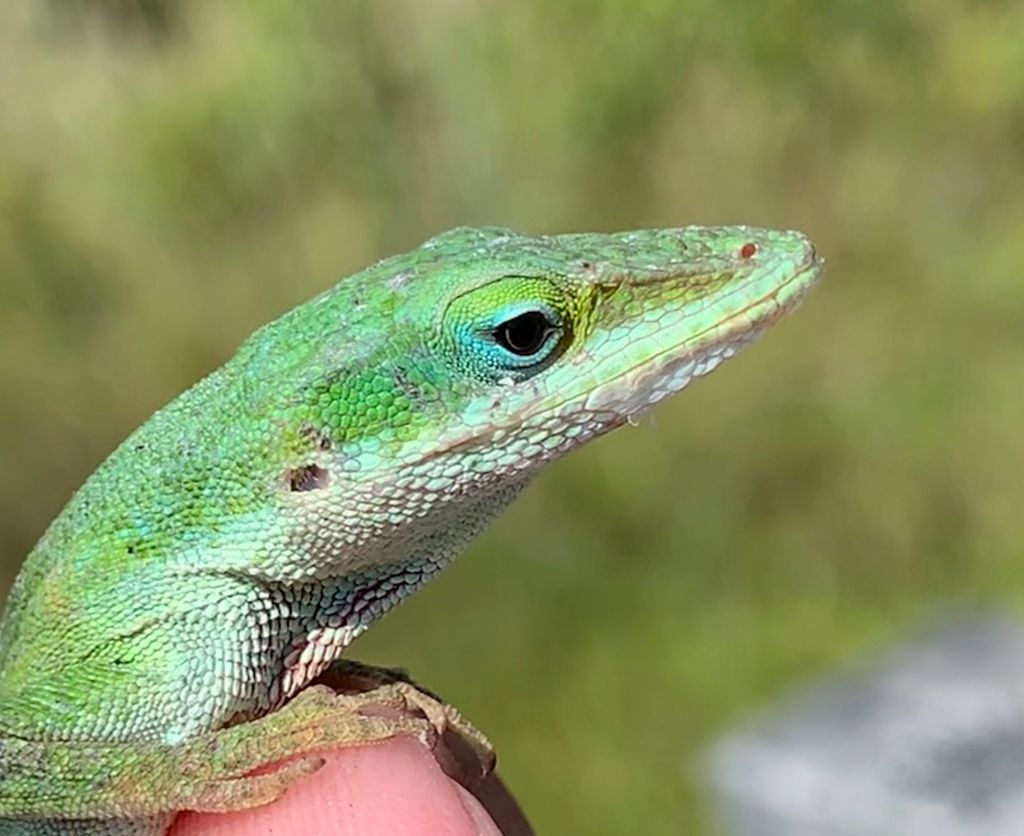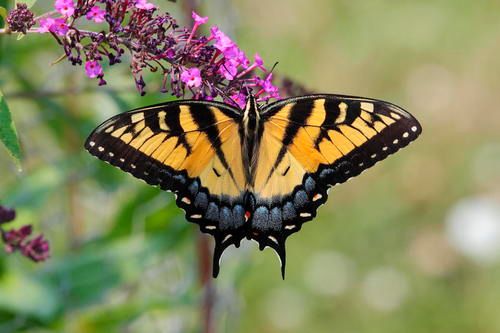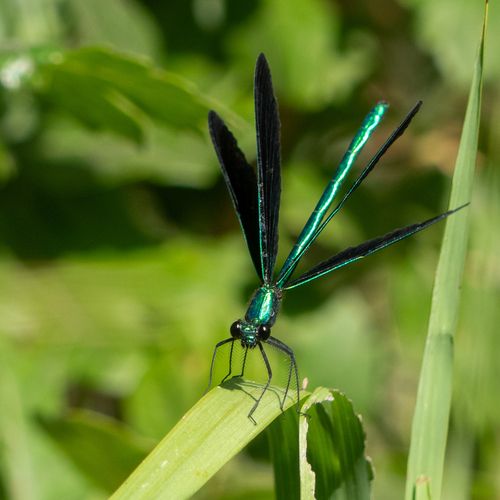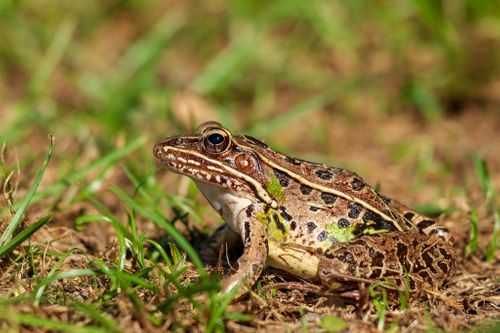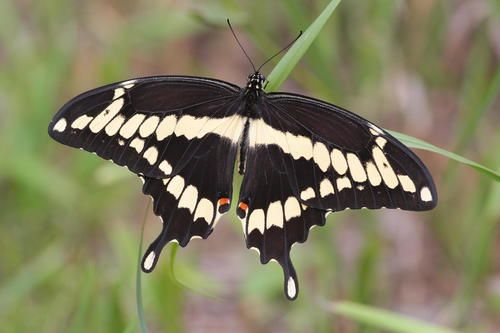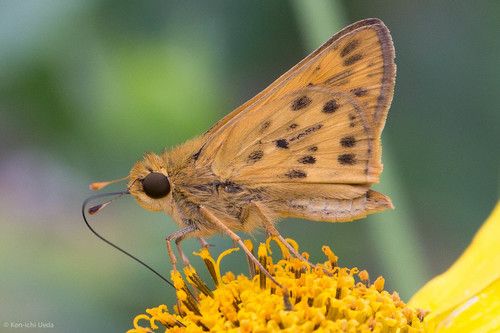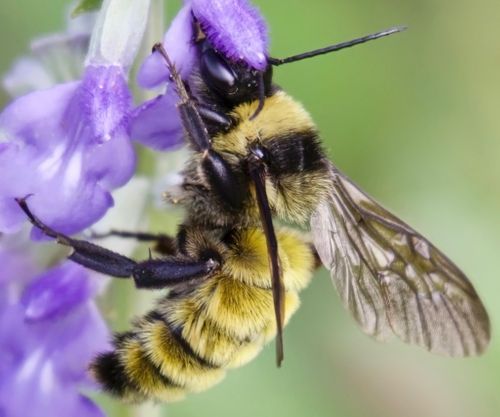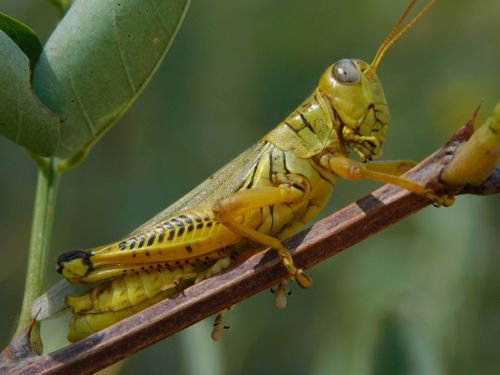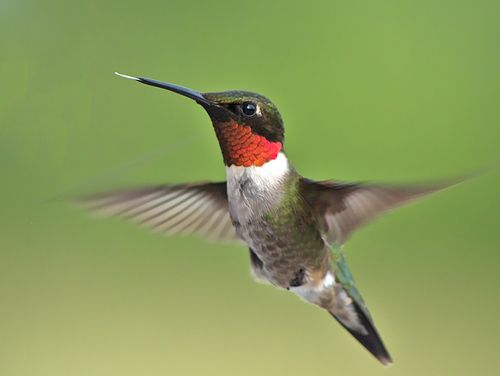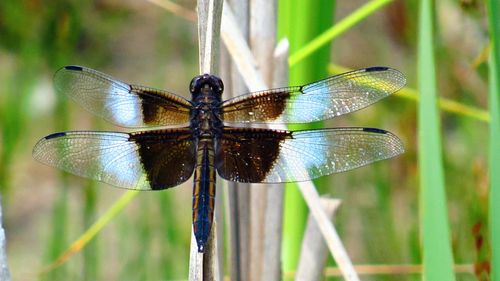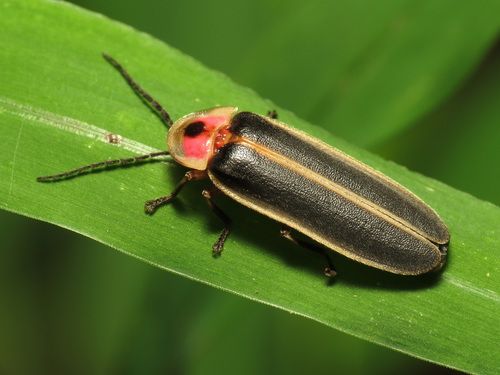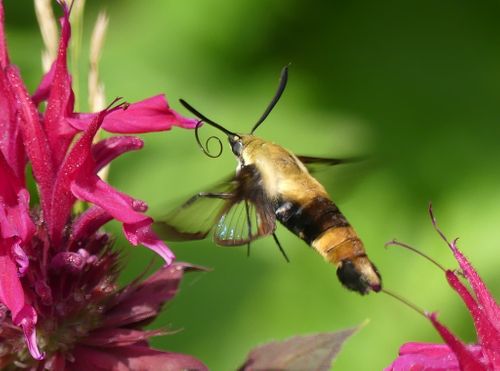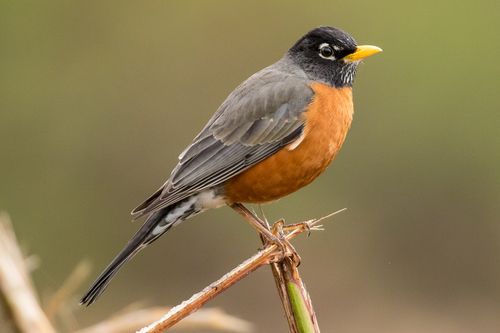With those few tips out of the way, let’s look at the 100+ species of butterflies that you can find here in DFW. If your garden provides the right host plants (for caterpillars to feed on), you will attract a wide variety of butterflies (Order Lepidoptera) including the American Lady, Cabbage Whites (small, large, Indian), Checkered White, Cloudless Sulphur, Dainty Sulphur, Eastern Black Swallowtail, Gorgone Checkerspot, Eastern Giant Swallowtail, Gulf Fritillary, the Monarch, Painted Lady, Pearl Crescent, Phaon Crescent, Pipevine Swallowtail, the Queen, Silvery Checkerspot, Sleepy Orange, Texan Crescent, Eastern Tiger Swallowtail, Variegated Fritillary, and the Viceroy, among others.
Most of your garden will provide blooming flowers that provide nectar and pollen. But you’ll also want some of your garden to grow host plants, for butterfly caterpillars to feed on. No need to have all of these host plants your first year. Just start out with a few. Parsley, Dill, Fennel, and Rue will help attract the Eastern Giant and Eastern Black Swallowtails. Milkweeds will support the Monarch butterfly. In the spring, you may be able to get free milkweed plants (Green and Antelope Horn do well in DFW as well as Butterflyweed).
As your garden grows, there are a few other host plants you can incorporate. These include plants in the Artemisia family (including Powis Castle artemisia), the Mustard family, Partridge Pea, the Sennas, the Sunflower family, the Rudbeckia family, the Echinacea family, Passionflower, the large Aster family (and subfamily Asteroideae, particularly tribe Astereae), the Frogfruits (especially Turkey Tangle), the Pipevines (especially Wooly Dutchman’s Pipe and Pipevine), and Frostweed.
Where to buy host plants? We offer the Purple Coneflower (Echinacea), Frogfruit, and Flame Acanthus. Keep an eye out for a Native Plant Society plant sale to get a few milkweeds, frostweed, Maximillian Sunflower, and a Passionflower. From a Big Box store, you can probably find Artemisia ‘Powis Castle’, a few leafy mustards to replant each year and your parsley, dill, fennel, and rue.

